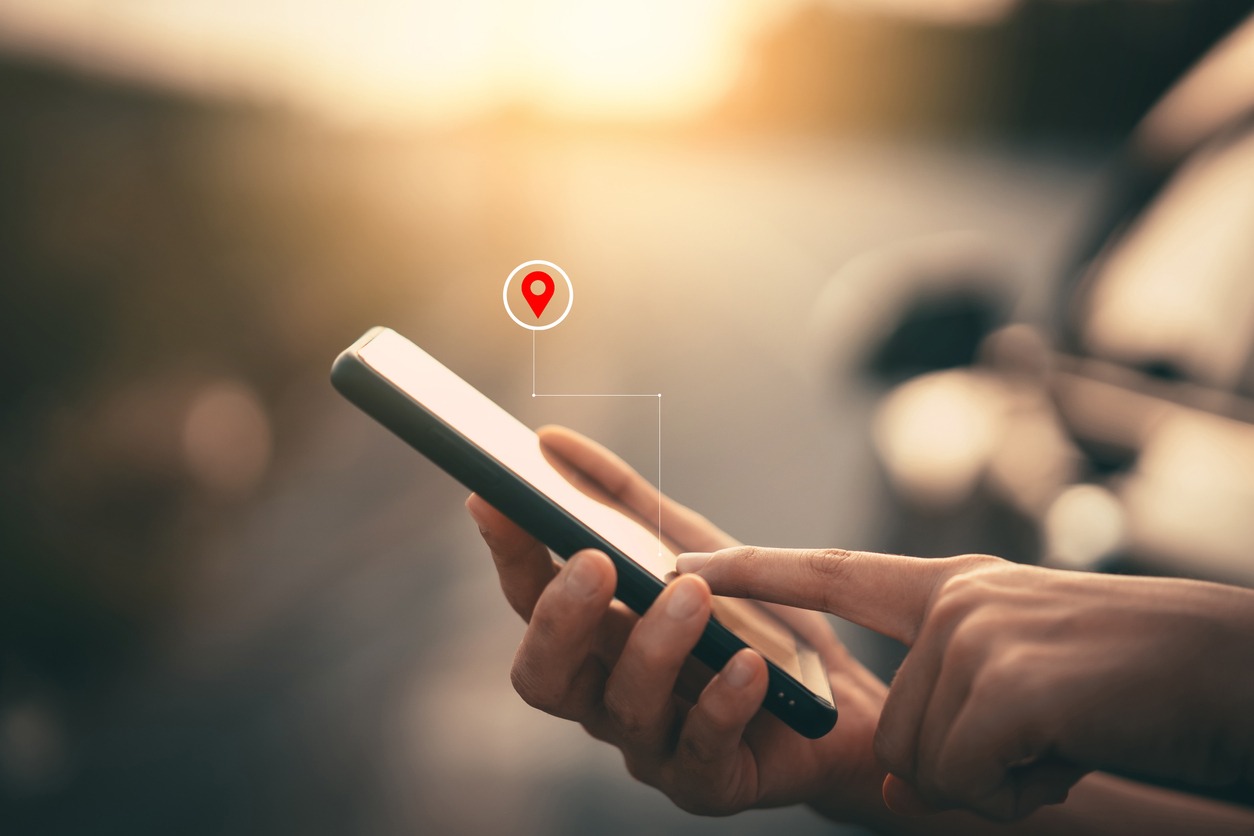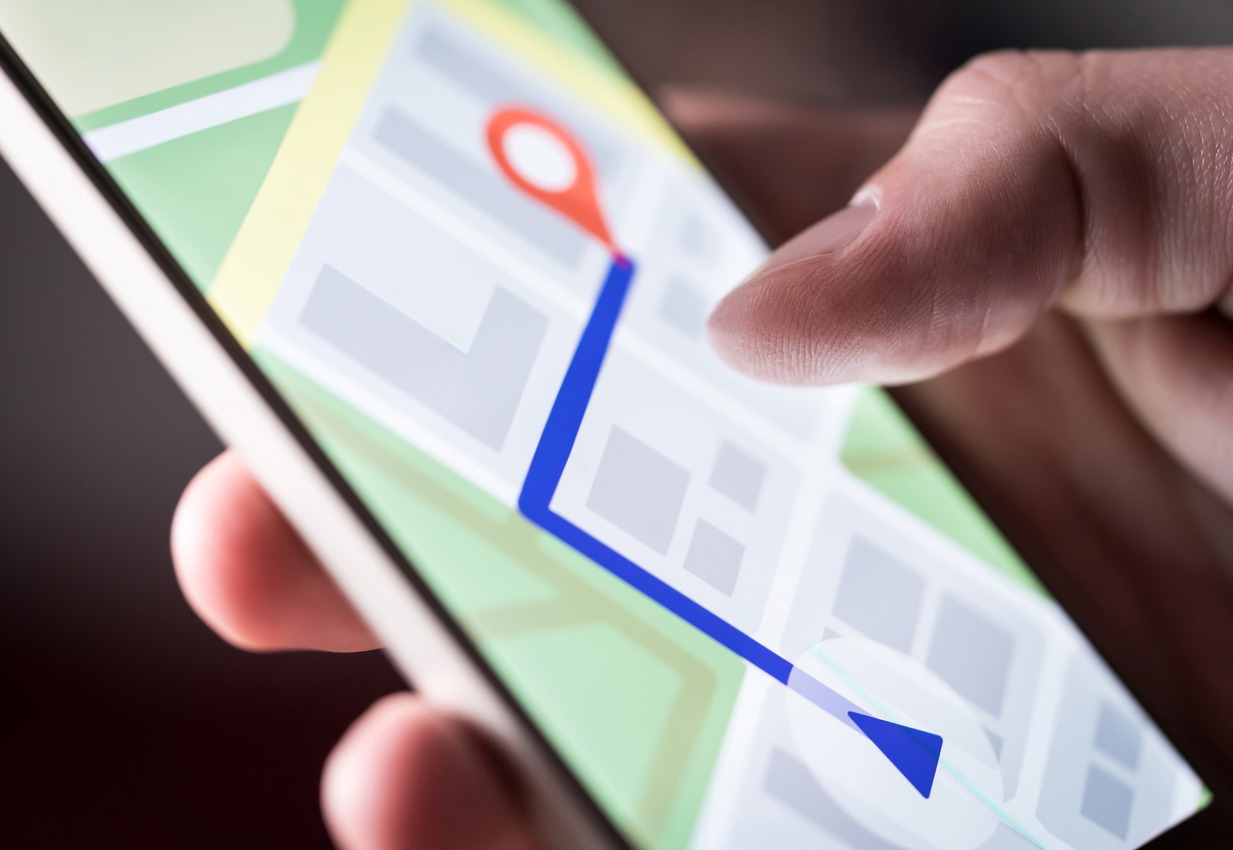The majority of people don’t need to give much thought to navigation on a day-to-day basis in today’s world when we all carry around smartphones and have constant access to the internet. The majority of people who live in a large city are familiar with the neighborhoods that surround their homes, schools, places of employment, grocery stores, pharmacies, hospitals, and other essential locations.
However, to ensure one’s survival and readiness in the event of an emergency, one must give some thought to planning how to navigate. You should, at the very least, always have a compass on you and be familiar with the fundamentals of navigation. You need to get yourself ready. The following are some alternatives for navigating if the power goes out or the Internet lines are disabled.
1. Download Offline Mapping Software
There’s a good reason why map apps have an offline mode: it’s there to help you navigate when you’re going off the grid, when you don’t have a local SIM card or data, or if you find yourself in a precarious situation when the Internet isn’t working. The good news is that you can still rely on the maps on your mobile device, be it a smartphone or tablet.
The vast majority of navigation applications are capable of operating completely independent of an active internet connection, and the GPS functionality included in the vast majority of mobile devices does not require a connection to the internet to function. Every mapping app, regardless of whether it’s designed for Android or iOS, comes equipped with the capability to track your location even when it’s not connected to the Internet. Your phone’s built-in GPS is operational, as usual.
When you are connected to the Internet, your phone will use something called an assisted GPS, which will figure out your location by looking at the locations of nearby cellphone towers. When you first open the navigation app, you will probably notice that your location is represented by a large blue circle that quickly transforms into a much more specific, smaller circle.
The information from the cell tower and the crowd-sourced Wi-Fi networks contributed to the formation of the larger circle, while the information from the GPS satellites was responsible for the formation of the more precise circle. If there is no data service available, Assisted GPS will not function; however, the GPS radio can still obtain information directly from the satellites if it is required. Without the Internet, determining the initial location may take more time, but the results will be more accurate even though they will be more dependent on factors that are beyond your control, such as the environment and the terrain.
There is a wide variety of navigation software available on the market today; however, not all of it is created equal. If you want to be ready for any kind of crisis, here are some of the best offline maps that you can download while you’re still connected to the Internet.
-
Google Maps
The navigation app Google Maps is one of the most popular choices for use on mobile devices. Downloading a map is a simple process. Simply click on the profile picture that appears next to the search bar on Google. Select “Offline maps” from this drop-down menu. You’ll find an overview of all the maps that you’ve saved in this section, and you’ll also have the option to add new maps. You have the option of selecting the size of the area that will be saved. The amount of storage space that the map takes up is displayed in Google Maps. The saved maps will be removed from your device automatically after a month has passed.
-
Waze App
Waze operates uniquely when compared to other navigation apps. The process of planning routes is the same, but the traffic information is generated differently. Traffic data is provided by app users, which is then displayed within the app for your viewing convenience. After you have planned the route with Waze, it is no longer necessary to have an internet connection. When you exit the application, it will forget your route, and you will need to have a connection to the internet to plan a new route. You won’t be able to view traffic information either if you don’t have an internet connection.
-
Sygic App
The maps that TomTom provides are used by Sygic. Because of this, the app is a trustworthy navigational tool. Additionally, it monitors traffic information and provides alerts whenever a speed camera is detected. Do you wish for more functions to be added? Get the full app by downloading the premium version. Additionally, this enables you to view the maximum speed limit on roads and to receive verbal instructions regarding your route. Because you download the map of a country, you can use the app even when you are not connected to the internet. The fact that the application requires quite a lot of storage space on your mobile device is one of its drawbacks.
-
HERE WeGo App
HERE WeGo is a helpful app to have if you want navigation not only while driving but also while walking, cycling, or taking the bus or another form of public transportation. Swipe the search bar upwards, and within the menu, select the option to indicate that you want to use the app offline as well. You can download a map of the country or continent that you want to be able to navigate offline in by going to the “Download maps” menu option. This way, you’ll also have a large coverage when you’re not connected to the internet, and these maps won’t take up a lot of space on your device’s storage.
2. Prepare by Keeping a Supply of Maps
You might have no choice but to rely on paper maps if the grid fails, you are unable to connect to the Internet, and none of your electronic devices function properly. In the event of an emergency that occurs away from the grid, having access to trail maps, roadway maps, and topographic maps can be of great assistance.
You have the option of purchasing a local road map, a national driving atlas, or maps of the areas that are immediately adjacent to where you live. To make matters even better, acquire all of these things and store them in the glove compartment of your vehicle. You will be prepared in this way for when the SHTF occurs.
When you need to bug out on foot, topographical maps are also helpful because they show terrain features. These maps are loaded with a wealth of information that can be utilized. You can buy it or print it out from the majority of outdoor and hiking stores online. Information such as water sources, the degree of difficulty of the terrain, roads and trails, buildings, railroads, campgrounds, and vegetation are all included on topographical maps.
3. GPS Devices
When it comes to navigating unfamiliar territory, having a GPS device at your disposal will put you ahead of the game. In the early stages of an emergency, having a GPS device can provide you with a wealth of information that could prove to be helpful. The following varieties of GPS devices may be of assistance to you at various times.
-
Navmii App
The app that was formerly known as Navfree is an excellent option that should be considered. This is primarily because the majority of the app’s features, such as map packs and the ability to use the app offline, are available at no cost. iOS users have more than twenty different regional options to choose from, whereas Android users can download a single app that is applicable everywhere in the world.
Navmii ensures that your journey from A to B is as painless and stress-free as possible. The search function is intuitive, and it enables you to look up complete addresses or locations of interest. On the go, the user interface is designed in a style reminiscent of that used by Apple, with a minimum of unnecessary clutter and color. The application does a great job of maximizing productivity, it would appear.
-
CoPilot Premium App
CoPilot is one of the most innovative apps available specifically for drivers, and each of its features is designed to assist motorists in achieving their best possible driving performance. It grants you the ability to download a map of a particular country or region, complete with turn-by-turn voice navigation and comprehensive information regarding POIs (Points of Interest).
It has a built-in powerful route planning feature as well as a feature called “ActiveTraffic” that automatically manages your commute without your manual intervention based on the current traffic conditions. Both of these features are included in the product. Sadly, the majority of CoPilot’s features are only accessible after paying for the app after a free trial period of 7 days.
Although offline navigation for only one region is included in the free version of the app, additional regions can be downloaded through in-app purchases. In-app purchases are required for access to certain more advanced features, such as ActiveTraffic.
-
Polaris GPS Navigation
This application was designed with off-road daredevils and people who are constantly seeking new experiences in mind. Polaris GPS Navigation is going to become your best friend if you participate in any kind of outdoor activity, whether it be hiking, sailing, hunting, camping, biking, or anything else. It provides offline GPS navigation to a wide variety of off-road areas as well as useful tools that will assist you while you are out in the wilderness.
It is equipped with a magnetic compass, an odometer, an altimeter, a speedometer, a chronometer, multiple GPS tools, a waypoint navigator, annotation tools, and dozens of other tools to assist you in your outdoor activities and adventures. I was also astounded by the dozens of official resources it uses to provide direction, such as Google Maps, hiking maps, and NOAA Marine Charts, amongst other things.
You frequently use your smartphone as a navigation system when you don’t know the way. Smartphone navigation apps frequently use the internet to function. But preparing to navigate is something that must be considered when it comes to survival and emergency preparedness.

